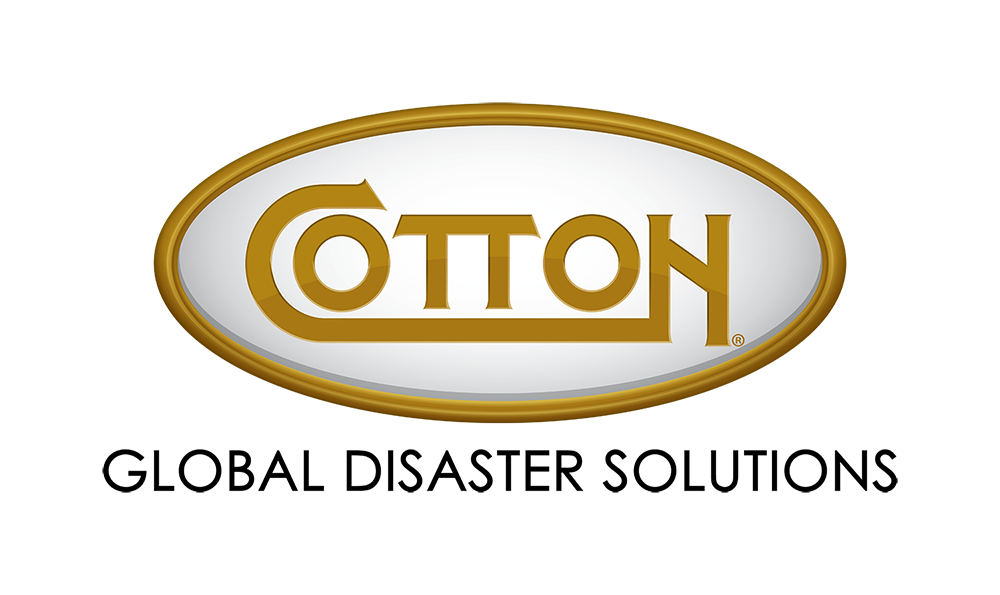Commercial flood restoration is an essential investment after a disaster. Flooding from hurricanes and severe storms can devastate commercial properties, resulting in structural damage, ruined inventory and prolonged business interruption. This all adds up to significant financial losses. By incorporating flood damage prevention strategies into business planning, you can reduce the risks of financial losses and lengthy interruptions.
3 Steps for Flood Damage Prevention
A well-defined flood emergency plan protects your assets and employees before, during and after the disaster. It should encompass everything from evacuation and shelter routes to communication protocols, commercial flood restoration and equipment management practices. A typical plan for damage prevention includes three steps.
1. Pre-Storm Preparation
Proactive preparation during hurricane season and thunderstorms reduces the potential impact of flooding on your commercial property. Risk assessment, emergency planning and insurance are keys to successful preparation. Regarding risk assessment, consult FEMA flood maps to determine your property's flood zone and risk. Contact local authorities, such as the planning department or emergency management office, to gather information on past events. Finally, analyze your property's unique vulnerabilities, including elevation, drainage and potential flood water entry points.
An emergency plan must include evacuation routes, designated safety zones and communication channels. The plan should also provide detailed procedures for shutting down and securing critical systems and sensitive equipment.
Flood insurance may be necessary if you are in a severe flood zone. If not, you can explore supplemental coverage options. You should consult with your insurer to determine your coverage and ensure adequate protection.
2. Physical Mitigation
Commercial flood restoration services can help get your business back in order after a disaster, but the recovery timeline varies. If you know a flood is on the horizon, focus on several actions.
Elevate critical systems and inventory. Keep sensitive equipment above the projected flood level.
Temporary barriers should be near vulnerable and potential water entry points. If you operate in a high-risk flood zone, it is best to install permanent flood barriers.
Keep up with gutter and downspout maintenance and invest in landscaping and proper grading.
You can help reduce the time it takes to recover by taking mitigating actions when a hurricane or flood is imminent.
3. Inventory and Data Protection
Flood damage prevention requires foresight, especially regarding inventory and data protection. When your business is in a high-risk flood zone, you should use shelving and waterproof containers to elevate and protect inventory and physical data. Also, invest in cloud storage and off-site backups to protect digital assets.
Commercial Flood Restoration Services
Cotton Global Disaster Solutions is a commercial flood restoration and disaster recovery service with over 25 years of experience. Contact us or give us a call at 877-511-2962 to learn how we can protect and rebuild your business.

